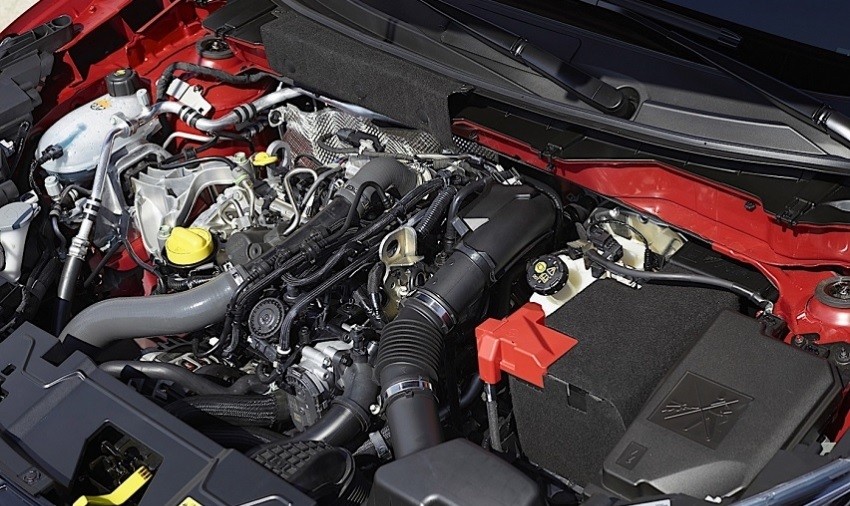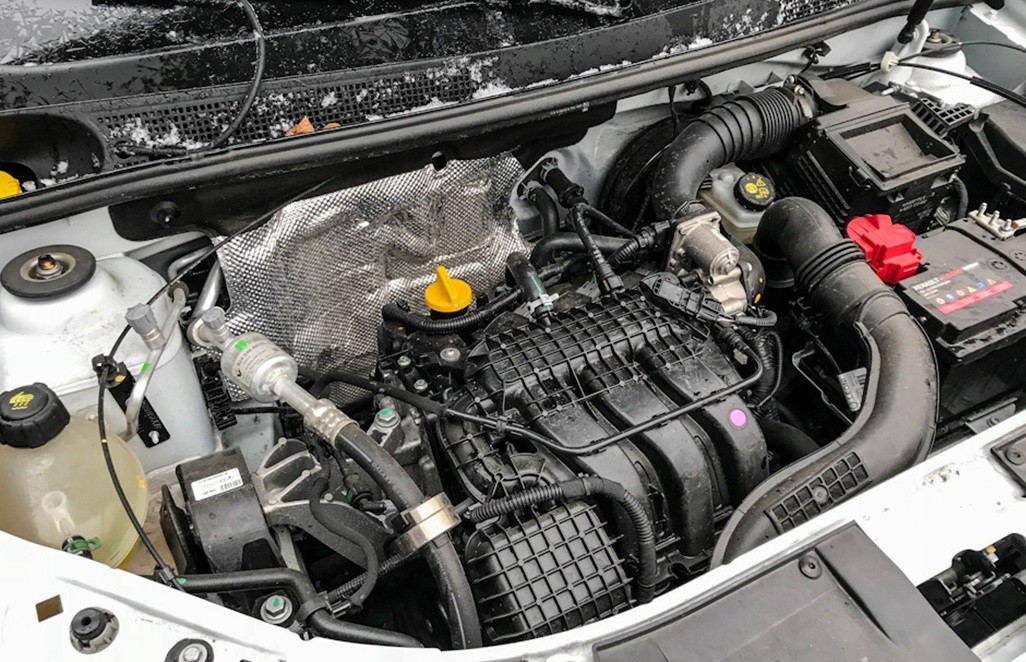
Renault H4D, H4Dt engines
Content
French engine builders continue to improve in the development of power units of small volumes. The engine they created has already become the basis for many models of modern cars.
Description
In 2018, a new power plant jointly developed by French and Japanese engineers Renault-Nissan H4Dt was presented at the Tokyo (Japan) Motor Show.

The design was based on the naturally aspirated H4D engine developed in 2014.
The H4Dt is still manufactured at the company's headquarters in Yokohama, Japan (as is its base model, the H4D).
The H4Dt is a 1,0 liter three-cylinder turbocharged petrol engine with 100 horsepower. s at a torque of 160 Nm.
Installed on Renault cars:
- Clio V (2019-n/vr);
- Captur II (2020-present).
For Dacia Duster II from 2019 to present, and under the code HR10DET for Nissan Micra 14 and Almera 18.
When creating the power plant, advanced technologies were used in production. For example, camshafts, their drive chain and a number of other rubbing parts were covered with an anti-friction compound. To reduce friction forces, the piston skirts have graphite inserts.
Aluminum cylinder block with cast iron liners. The cylinder head is equipped with two camshafts and 12 valves. Hydraulic compensators are not provided, which creates additional inconvenience in maintenance. Thermal valve clearances have to be adjusted after 60 thousand kilometers by selecting pushers.
Timing chain drive. A phase regulator is installed on the intake camshaft.
The motor is equipped with a low inertia turbocharger and intercooler.
Variable displacement oil pump. Fuel system injection type MPI. Distributed fuel injection allows the installation of HBO.
The main differences between the H4D engine and the H4Dt are the presence of a turbocharger on the latter, as a result of which some technical characteristics have been changed (see table).

Technical specifications
| Manufacturer | Renault Group |
| Engine volume, cm³ | 999 |
| Power, hp from | 100 (73) * |
| Torque, Nm | 160 (97) * |
| Compression ratio | 9,5 (10,5) * |
| Cylinder block | aluminum |
| Number of cylinders | 3 |
| Cylinder head | aluminum |
| Cylinder diameter, mm | 72.2 |
| The piston stroke, mm | 81.3 |
| Number of valves per cylinder | 4 |
| Timing drive | chain |
| Hydraulic compensators | no |
| Turbocharging | turbine missing)* |
| Camshaft adjuster | yes (on intake) |
| Fuel system | distributed injection |
| Fuel | gasoline AI-95 |
| Environmental standards | Euro 6 |
| Resource, outside. km | 250 |
| Location | transverse |
*data in brackets for H4D engine.
What does the H4D 400 modification mean?
The H4D 400 internal combustion engine does not differ much from the base H4D model. Power 71-73 l. s at 6300 rpm, torque 91-95 Nm. The compression ratio is 10,5. Aspirated.
Economical. Fuel consumption on the highway is 4,6 liters.
It is characteristic that from 2014 to 2019 it was installed on the Renault Twingo, but ... in the back of the car.

In addition to this model, the motor can be found under the hood of Smart Fortwo, Smart Forfour, Dacia Logan and Dacia Sandero.
Reliability, weaknesses, maintainability
Reliability
The H4Dt is considered a reliable and practical engine. There is enough power and torque to generate decent thrust from such a small volume.
The simple design of the fuel supply system and the entire internal combustion engine as a whole is the key to its reliability.
Low fuel consumption (3,8 liters on the highway **) indicates the high efficiency of the unit.
The anti-friction coating of the rubbing surfaces of the CPG not only increases the resource, but also increases the reliability of the motor.
According to auto experts and reviews of car owners, this engine, with timely and high-quality service, is able to go 350 thousand km without repair.
** for Renault Clio with manual transmission.
Weak spots
ICE saw the light relatively recently, so there is practically no broad information about its weaknesses. Nevertheless, reports periodically appear that the ECU and the phase regulator have not been fully developed. There are isolated complaints about the maslozhor that arose after a run of 50 thousand km. Car service specialists predict the possibility of stretching the timing chain. But there is no confirmation of this forecast yet.
Engines produced in 2018-2019 had low-quality ECU firmware. As a result, there were problems with floating idle, starting the engine in cold weather and the turbine (it turned off on its own, especially when moving slowly uphill). At the end of 2019, this malfunction in the ECU was eliminated by the manufacturer's specialists.
There is very little information about the origin of the maslozhora. Perhaps the fault lies with the car owner in the appearance of such a problem (violation of the manufacturer's recommendations for operating the engine). Perhaps these are the consequences of a factory marriage. Time will show.
The life of phase regulators on French engines has never been very long. In this case, the only way out is to replace the node.
Whether the timing chain will stretch is still at the stage of guessing on coffee grounds.
Maintainability
Given the simple design of the unit, as well as its sleeved cylinder block, we can safely assume that the maintainability of the motor should be good.
Unfortunately, there is no real information on this topic yet, since the internal combustion engine has been in operation for a relatively short time.
Renault H4D, H4Dt engines successfully prove themselves in everyday use. Despite the small volume, they show good traction results, which pleases car owners.

